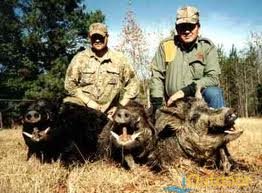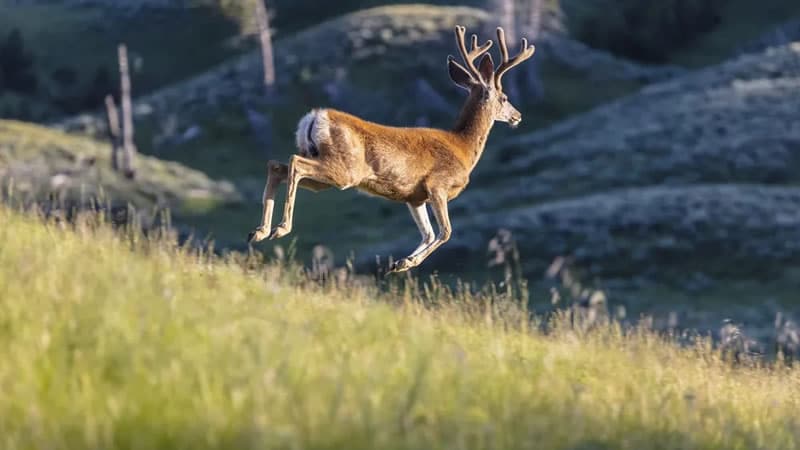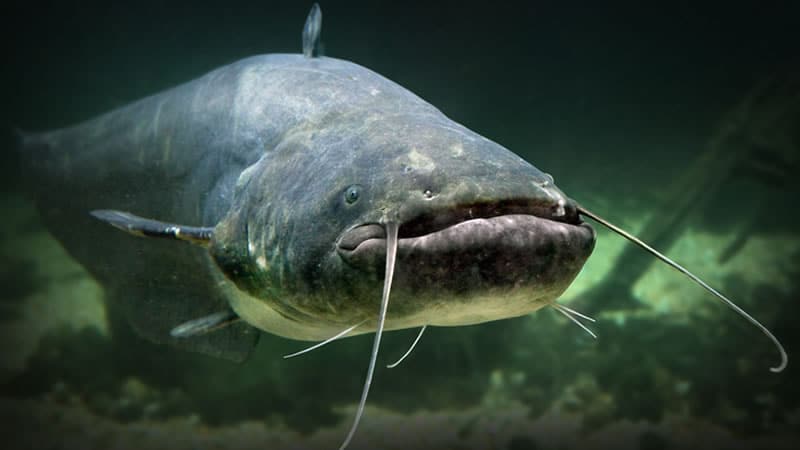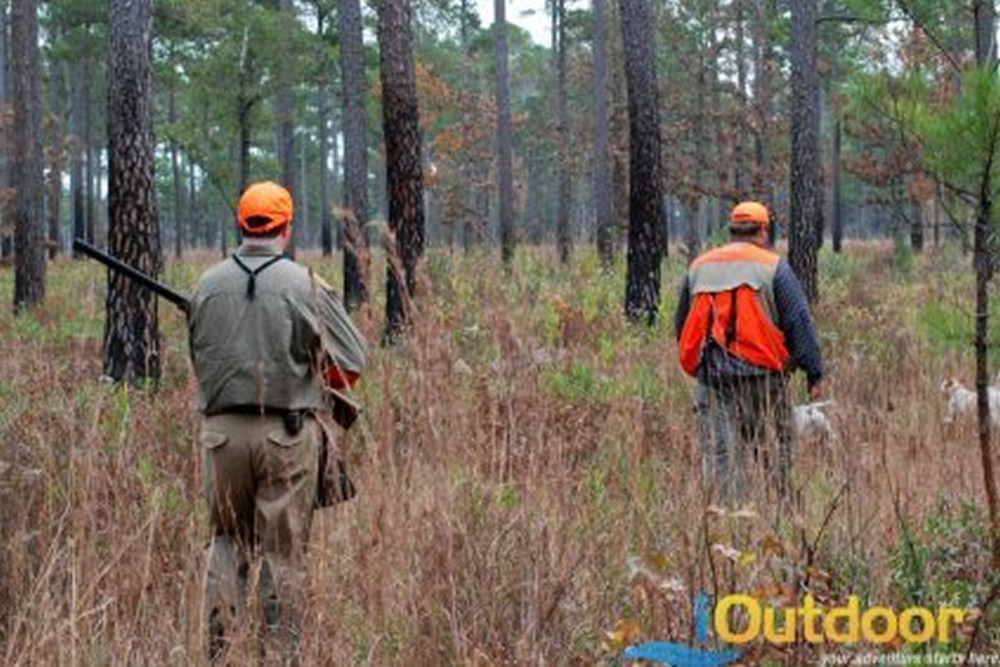WILD BOAR– WHAT?
The Florida wild boar or hog is often referred to as feral hogs or swine. There are three general types of feral hogs including free-ranging swine, Eurasian wild boar, and hybrids between the two former types. Wild hogs are now predominant in Florida and can be found in every county as well as at least 35 states and Canadian provinces.
The highest density of feral hogs in Florida can be found north and west of Lake Okeechobee and in areas with large forested tracts, dense understory vegetation, and limited public access.

History of the Florida Wild Boar
The Florida wild boar is not native to America. There are many theories surrounding the origins of the wild boar. One popular theory is that the wild boars are descendants of the swine that Spanish explorers brought from Spain to the state of Florida.
Wild Boar Facts
The Florida wild boar has an average gestation of 115 days, an average of 2 litters per year with about 10 piglets with every litter. Young pigs grow quite fast and can reach 100 pounds in 12 months. This creature is omnivorous and is known to eat all kinds of food ranging from plants to small animals.
Problems Caused by the Florida Wild Boar
Wild hogs bear an opportunistic and omnivorous tendency which leads to many conflicts with people and wildlife. The presence of wild boar and their preferred food directly compete with many popular game animals such as deer, turkey, and squirrels. Wild boars are also known to eat the nests and young of many reptiles, ground-nesting birds, and mammals.
They have also been observed to consume young domestic livestock. Other than their food choices, some wild hog behaviors also pose a threat to the environment. Their rooting activities can destabilize soil surfaces and lead to erosion and many other ecological problems.
Dealing with the Florida Wild Boar
In an effort to preserve the number of popular game animals as well as the young of many reptiles, mammals, and other livestock, necessary measures have been put into place. One of these methods is hunting. This is an important population control method for wild hogs because it is inexpensive, provides recreational opportunities, and is useful in reducing adult hog numbers.
Trapping is also another method of controlling the number of Florida wild boars. This can offer more success especially because the hog is nocturnally active. Lastly, hogs can be controlled using the excluding method which makes use of fencing. This option, however, is quite expensive, especially for large areas.






